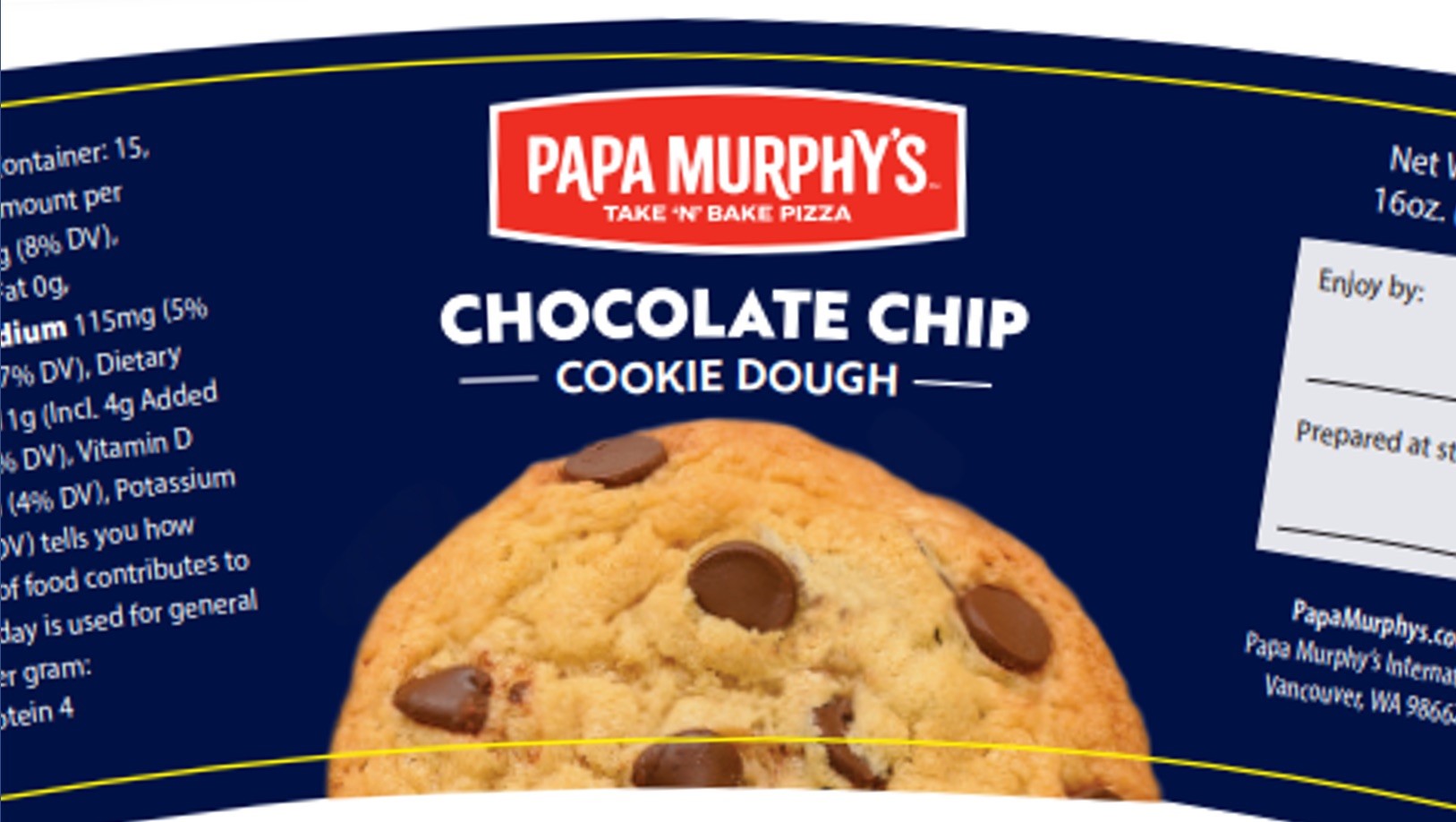Delegates meeting at the World Health Assembly (WHA) in Geneva this week are discussing several topics related to infectious diseases and outbreaks, including the critical role the World Health Organization (WHO) plays in emergency response. The event, attended by health ministers from 194 member states, began on May 21 and runs through May 27.
Earlier this week, the group approved a draft proposal spelling out the WHO's work plan over the next 2 years and agreed on a $6.83 billion budget that includes a record 20% rise in contributions assessed to countries—part of an effort to make funding more sustainable. In addition to its main priorities, which includes health emergencies activities, the budget includes money targeting polio eradication, special programs, and emergency operations and appeals.
Yesterday the group received a report from the independent group that reviews the actions of the WHO's health emergencies committee, which found that the work was excellent, but that the program is underfunded and overstretched.
Today delegates are considering a resolution to increase access to medical oxygen in the wake of severe shortages that cost lives during the worst pandemic months. At a high-level meeting today health officials from health groups and nongovernmental organizations launched the new Global Oxygen Alliance, an outgrowth of the WHO taskforce that is designed to speed global and country efforts to improve oxygen access. The efforts will center around local oxygen production for use during emergencies.
 A
A 










